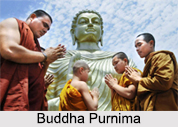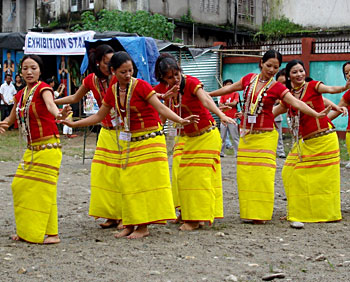 Minjar Mela is an important fair of Himachal Pradesh state of India. It is celebrated with great grandeur and pomp in the Chamba valley of Himachal Pradesh. The history and legend associated with it makes it an interesting fair to participate. The other highlights of this fair are folk singing and dancing. Every year, people from various nearby areas pay their visit to Minjar Mela.
Minjar Mela is an important fair of Himachal Pradesh state of India. It is celebrated with great grandeur and pomp in the Chamba valley of Himachal Pradesh. The history and legend associated with it makes it an interesting fair to participate. The other highlights of this fair are folk singing and dancing. Every year, people from various nearby areas pay their visit to Minjar Mela.
History of Minjar Mela
This festival is celebrated to mark the victory of the Raja of Chamba over the ruler of Trigarta in 935 AD. Trigarta is now known as Kangra. As per the local belief, on the return of their triumphant king, people greeted him with sherfs of paddy and maize, as gift to symbolize prosperity and happiness. Thus, this festival is celebrated to thank God and ask His blessings for a good yield.
Legend of Minjar Mela
Legend has it that once River Ravi used to flow near the Hari Rai temple.
There was a sage who used to cross the river everyday. Raja Sahil Verman requested the sage to pray to the Lord to make the temple accessible to everyone.The sage accepted the request and performed a week long Yajna. He also weaved a long cord made of paddy shoots, which was the original `Minjar`. All these efforts enabled the sage to change the course of the River Ravi.
Celebration of Minjar Mela
The fair is organized in the month of August and continues for a week. It is organized when the young paddy and maize shoots emerge from the soil. On the first day, the idol of Lord Raghuvira is brought to the venue in a chariot pulled by ropes. More than 200 local deities of the surrounding areas accompany the lord. Whoever visits the Manjar Mela wears the symbol of Minjar which comprises of a corncob usually made of silk.
 On the final day, a huge procession leads to River Ravi from the Akhand Chandi Palace. All the offerings are made to the river.
On the final day, a huge procession leads to River Ravi from the Akhand Chandi Palace. All the offerings are made to the river.
In the early days, a buffalo was sacrificed; however it is no more in practice. The people were of the opinion that the sacrifice of the buffalo to river Ravi could predict the fortune of the area in the coming year. It was considered a good sign if the buffalo was drowned or carried away by the torrential flow of river waters. It meant the deity had accepted the sacrifice. It was also considered a good sign if the buffalo struggled away to safety at the other shore of the river. It was considered that the bad luck has now been transferred to the other bank of the river. However, it was considered as a very bad sign if the buffalo swam its way back to the place from where it was thrown into the river.
In the present days, instead of buffalo, the devotees offer a rupee, a seasonal fruit, a coconut, and a `Minjar`, made up of sherfs of paddy and golden silk wrapped in red fabric to their deity.
The other attractions of this fair are folk singing and dancing. The dancers perform various rhythmic local dances and the bands play the traditional "Kunjari Malhar". This fair brings the entire valley of Chamba to life.



















